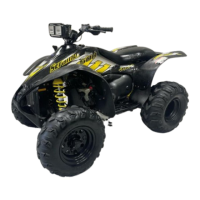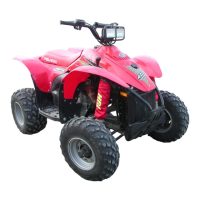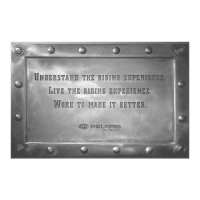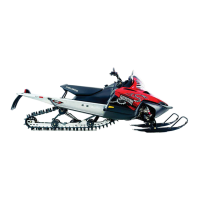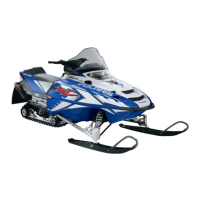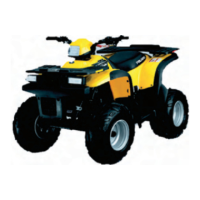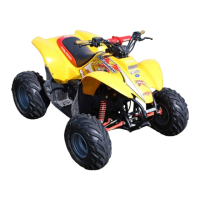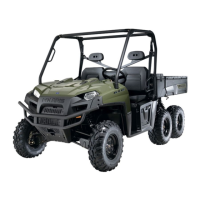What to do if my Polaris 2007 Scrambler 500 4X4 has incorrect spark plug gap or heat range?
- RRobin ThompsonSep 16, 2025
If your Polaris Offroad Vehicle has an incorrect spark plug gap or heat range, set the gap to specifications or replace the plugs.


